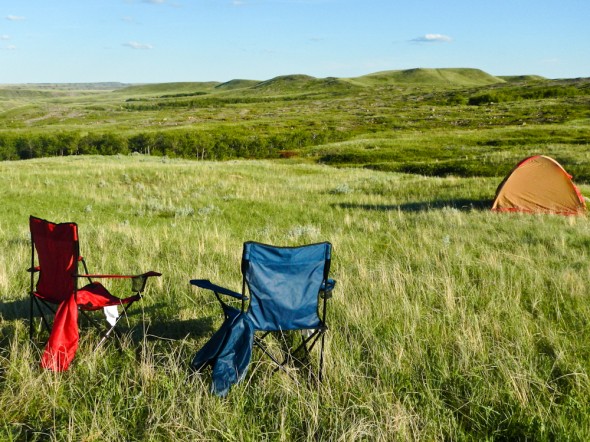Podcast Hal Herring and Tony Bynum discuss photography and conservation
Podcast and blast tony bynum and hal herring talk about photography, conservation tony shares his secrets to great images and describes how he captured the "caveman" shot
Hal Herring talks to Tony Bynum about photography, the life of a photographer, places, people, favorite photos, public lands conservation, conservation photography, wildlife photography, and hunting.
Montana Nature Photographer Tony Bynum and Science Teacher Stacy Dolderer Dive Deep into the Montana Prairie in Search of Wilderness Characteristics
When Erin Madison, (@GFT_EMadison) outdoor writer for the Great Falls Tribune (@GFTribue) called us to do an interview about the Montana prairie project we worked on recently, we were happy to say yes! As many of you know, my partner Stacy Dolderer and I spent several months bouncing around the prairie lands of Montana last summer. It may not sound like much to most of you, but taking on the challenge of inventorying millions of acres of public lands to find areas that contain wilderness characteristics was to us, an awesome opportunity. Could there be a better project for a full time outdoor, nature, wildlife, and adventure photographer, and Stacy, a science teacher, to undertake? Why we did it, and what we found is contained in this great piece by, Erin Madison, titled (link to full article) "Beautiful in it's own way: Photographer, teacher spend a month recording Eastern Montana wonders." Here are some additional Montana photographs captured by Tony Bynum along the way.
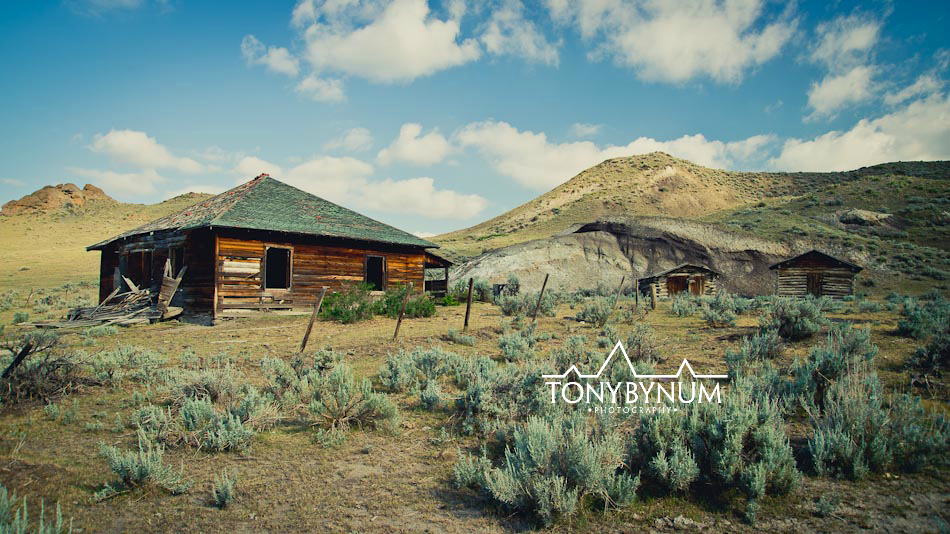

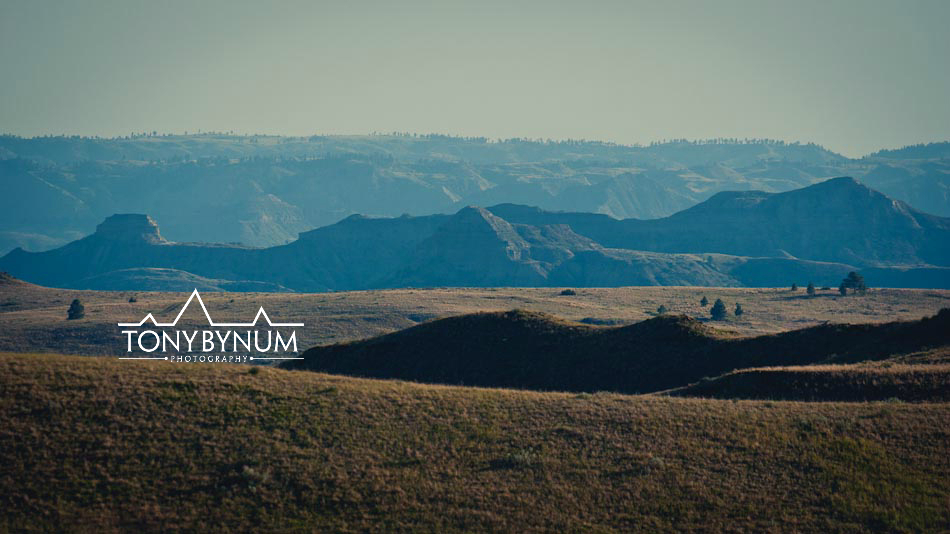


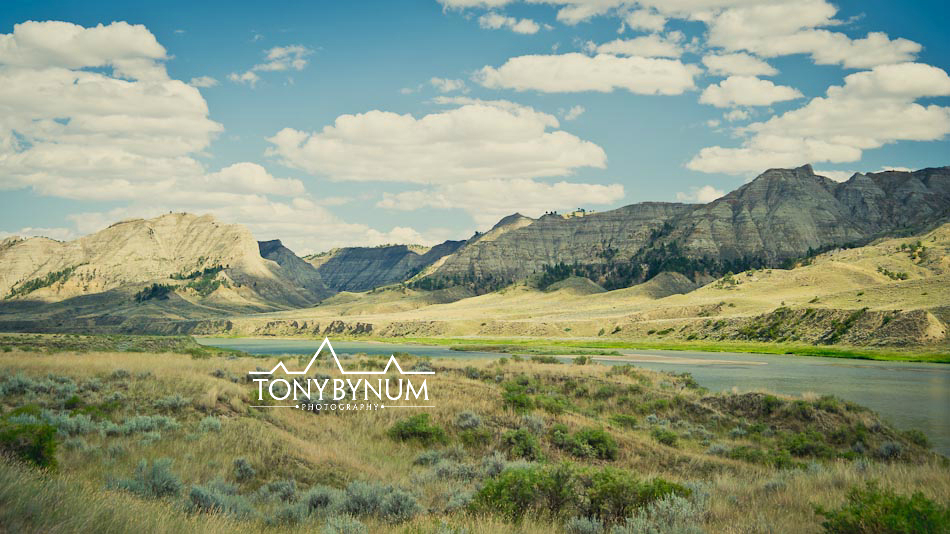
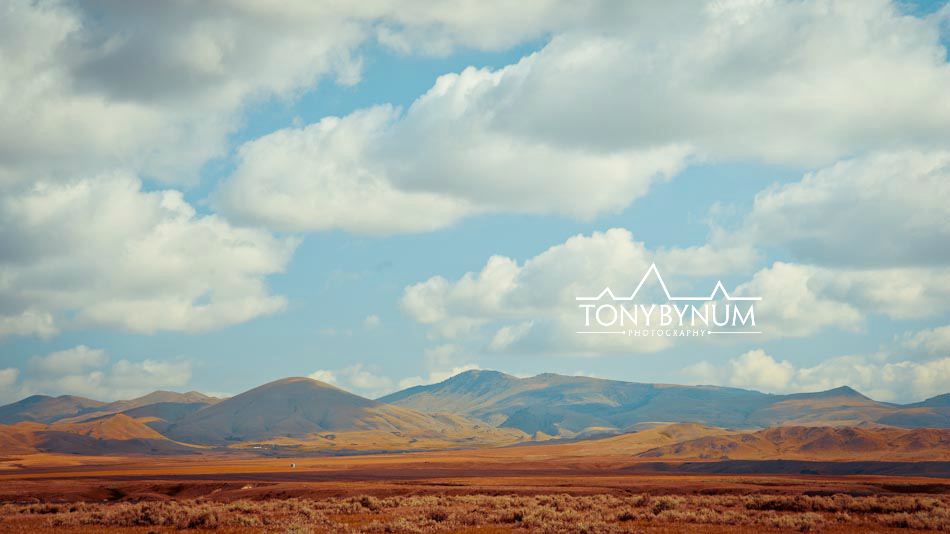
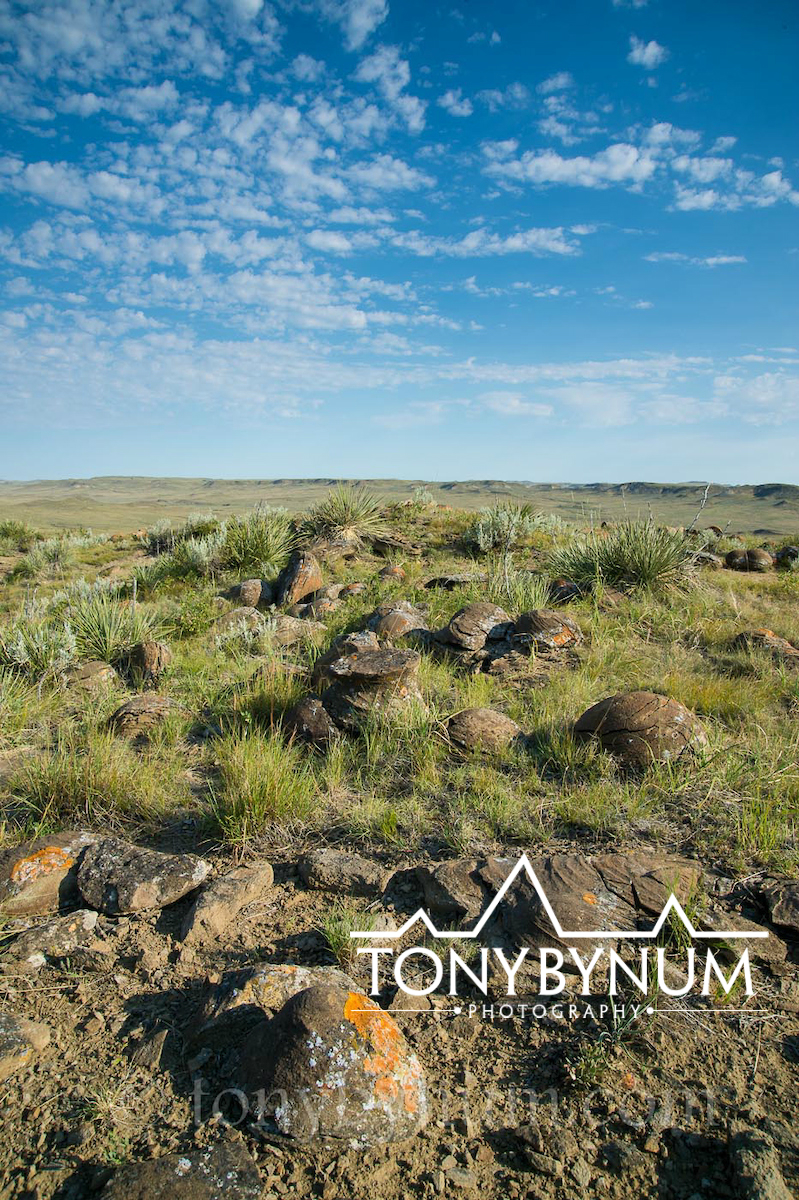
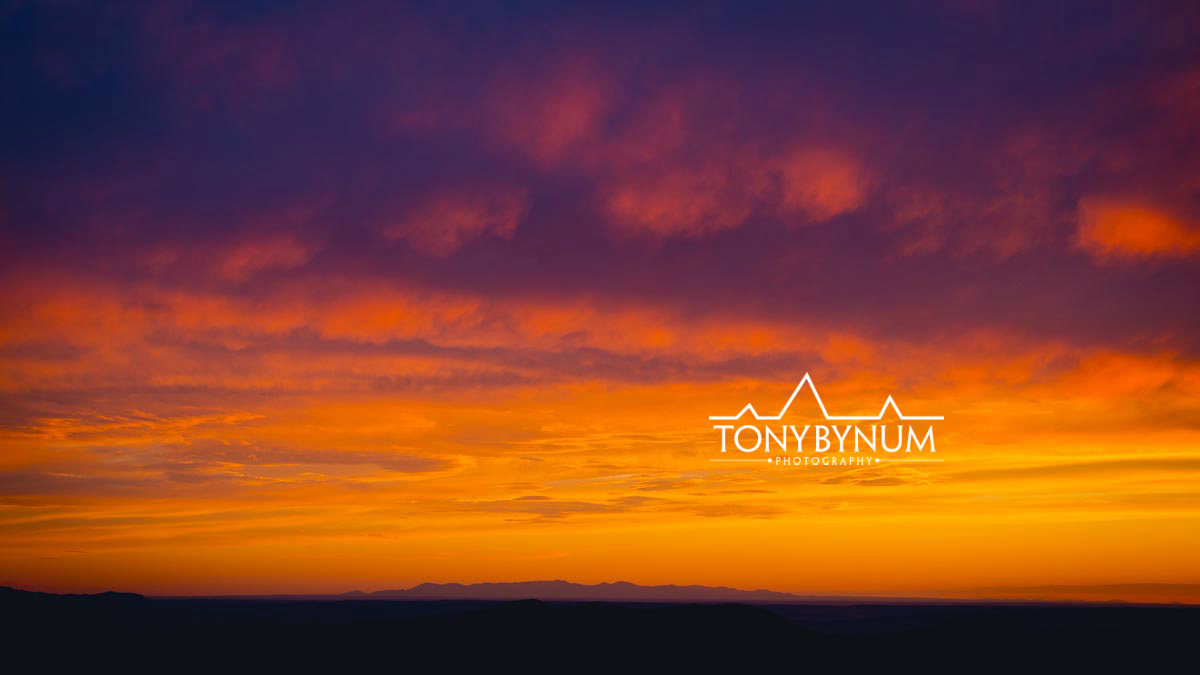

I hope you enjoy the read as much as we did telling the story!
Tony Bynum and Stacy Dolderer
Montana Quarterly Features Critically Important Montana Conservation Photography Work
Stacey Dolderer and Tony Bynum spent the summer bouncing around the wide open prairie and badlands regions of Montana. They hiked across its dry, sun scorched dirt, around mountainous gumbo plateaus, and over grass sprinkled beaches of ancient ocean bottom while dodging rattles snakes and lizards in an area so vast the long-look includes both time and space. After the project was complete, award winning, Montana based author and publisher Scott McMillion, of Montana Quarterly contact us to talk about the details. Please download, from the link below, the short, well written essay, with Tony Bynum's photographs, courtesy of Montana Quarterly and Scott McMillion. Tony is taking the details and explanation of this Montana conservation project and what it takes to cover millions of acres of the remaining, intact, open prairie and badlands, on the road across Montana from Billings and Bozeman, to Missoula, Havre and Helena, starting mid February 2013 (stay tuned for exact dates, times and places).
DOWNLOAD THE ENTIRE PDF OF THE STORY FROM THE WINTER ISSUE OF MONTANA QUARTERLY
RIGHT HERE: The Road{less} Traveled
I hope to see you all very soon,
Sincerely,
Tony Bynum
Buy Montana Quarterly! @tonybynum 's photos of the vast plains of #Montana are awe-inspiring!
— Carol Buchanan (@CarolBuchananMT) January 28, 2013
Montana Prairie - it's not all just flat, dry, BLM land
Montana Quarterly Magazine features an essay by award winning author Scott Mcmillion about an important prairie conservation project conducted in the wild prairie lands of Montana . . . One of the most rewarding and fun projects I've ever had the privilege to work on . . . Stacy Dolderer and I had a great time exploring places few people ever get to see . . .
I'm taking this show on the road later this winter and into the spring. I'll be speaking in Missoula, Bozeman, Helena, Havre, and Billings . . . Stay tuned for dates, time's and locations!
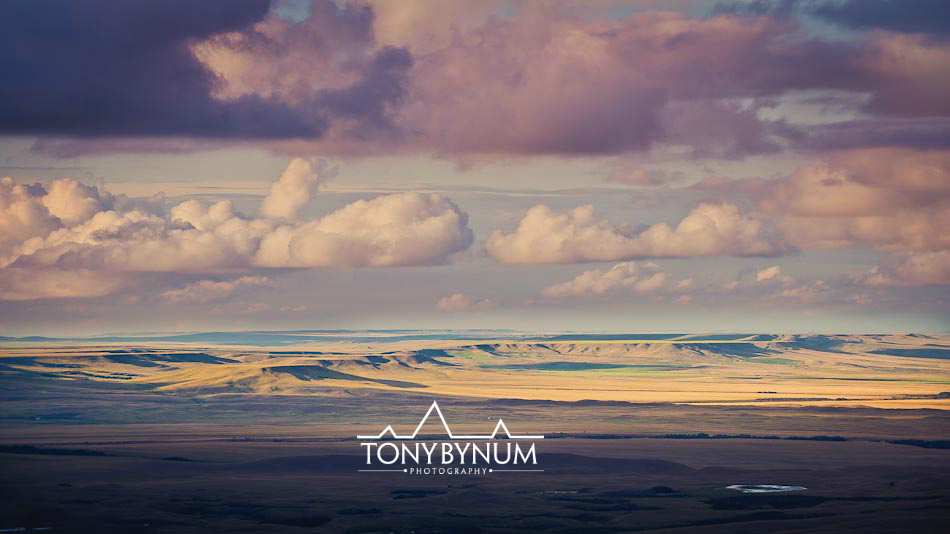

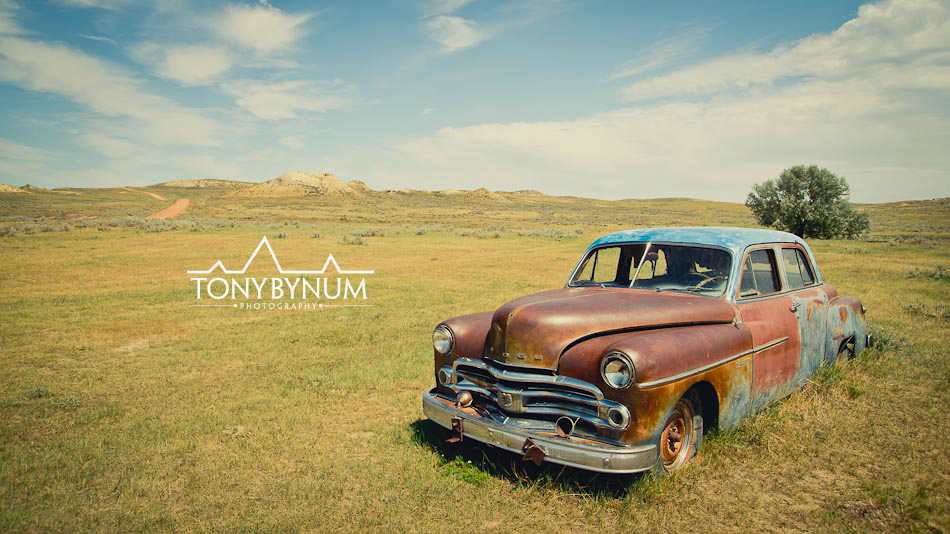
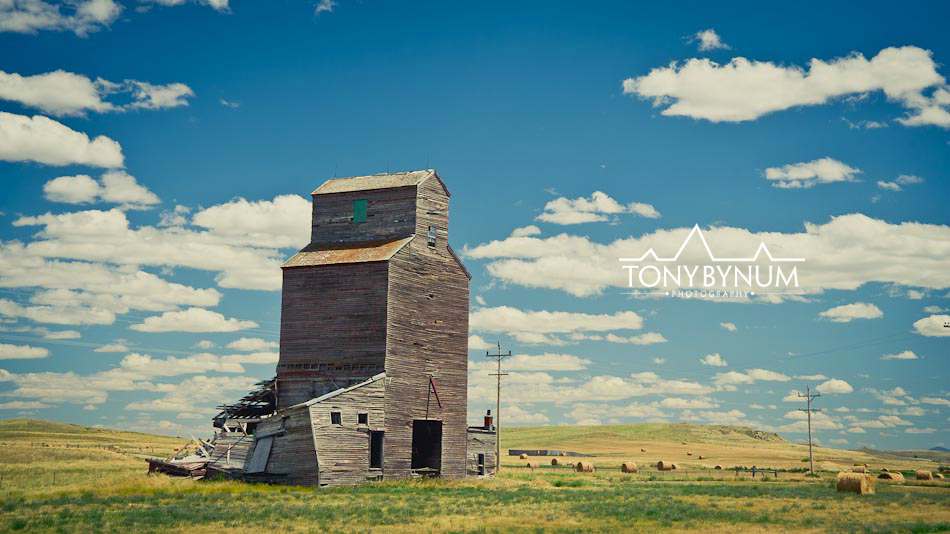
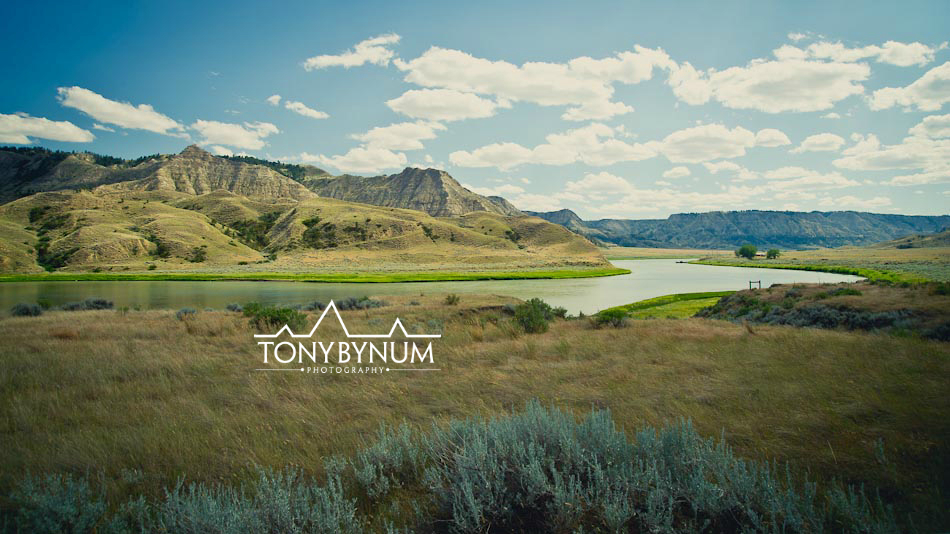
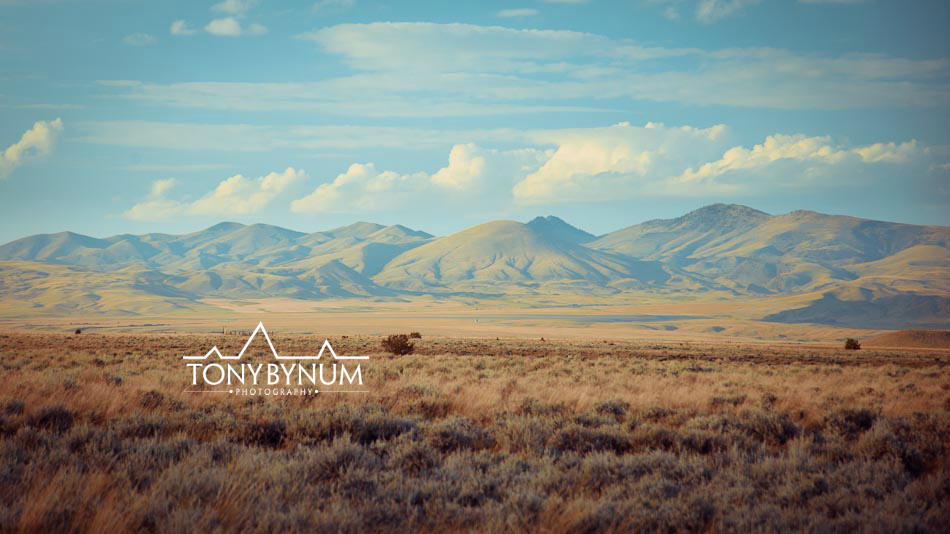
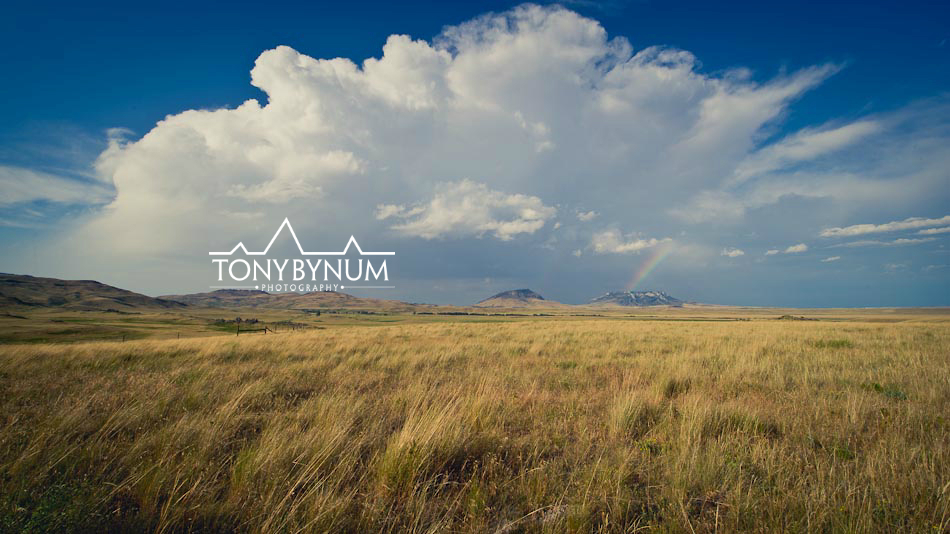
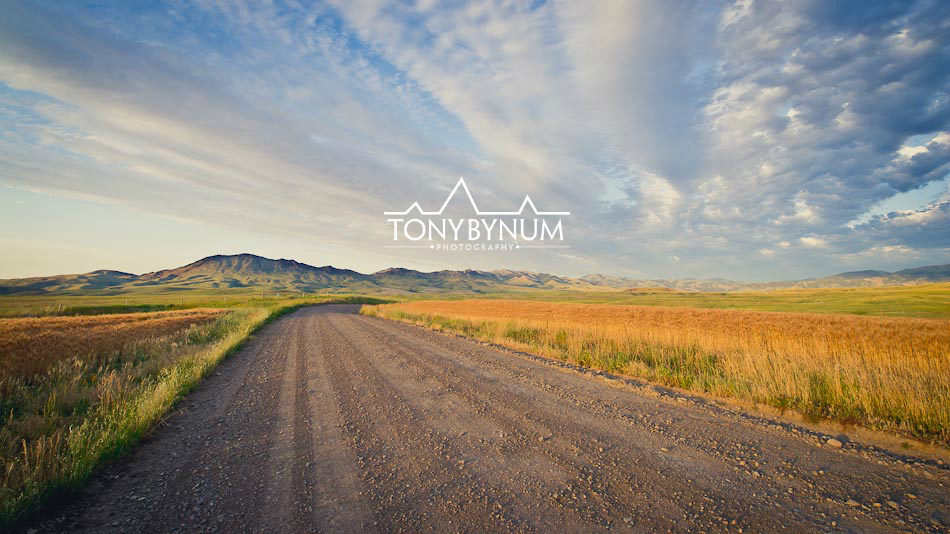
Have a Merry Christmas!
Tony Bynum
@tonybynum
Lands with Wilderness Characteristics - Montana Short Grass Prairie - roads, ways, routes? Who cares . . .
Greetings! It's been while since my last post, I'm sorry for the delay, we've been out trekking though the last of Montana's native, short grass prairie lands south and west of Glasgow, Montana. We covered 1500 miles over the course of that week exploring the vast network of roads, ways, trails, and routs. Along the trail, we met some great people like the gas station owners in Saco, MT and a ranching couple that live 70 miles from the nearest store. We explored some fantastic, wild prairie and badlands, and had a lot of fun along the way! As you know, we're out looking for and photographing lands with "wilderness characteristics." The Bureau of Land Management (BLM) is responsible for inventorying the public lands under its jurisdiction for their wilderness characteristics. Basically any area with 5,000 acres or more can contain areas with wilderness character. Now surely not all areas qualify, but 5,000 acres, unless it's a truly unusual land form, is the minimum area that can qualify. Roads and property ownership define the boundary's of each area. The presence or absence of roads, and the area's solitude along with its opportunities for primitive recreation are additional attributes the BLM uses when inventorying its lands for wilderness character. The BLM, is required to keep an inventory of all of it's lands and resources, including those with wilderness character.
We've learned after talking with a few BLM folks, that defining what's a road and what's a, "way" as it relates to wilderness characteristics inventory, is not as simple as the legal definition of a road make it sound. Without getting much further into the weeds, lets just say that we've found that most of what are being called roads in this area are really "ways" -- user created and maintained by vehicle traffic mostly during the fall and almost all associated with hunting -- and do not, therefore, in our estimation meet the definition of a road. The BLM uses the definition of a road found in the federal lands policy and management act and defines a road, for the purposes of wilderness characteristics inventory in this way,
"roads [are road] which have been improved and maintained by mechanical means to insure relatively regular and continuous use. A way maintained solely by the passage of vehicles does not constitute a road" (guidance: "wilderness characteristics inventory," manual 6301, page 15, February 25, 2011). As of March 2012, BLM is operating under the new, final manual 6310, "Conducting Wilderness Inventory on BLM Lands." (3/15/2012).
As this video will show, the area along the route, that's before the dry creek crossing looks to us more like a "way," than a "maintained by mechanical means to insure relatively regular and continuous use." The video is sped up to turn a 40 minute ride into a 4 minute one.
In most places along these and other routes, there is no evidence that the BLM has ever mechanically maintained them. Mainly there is evidence that "continuous" means a few times per year, and it is almost impossible to find, beyond the few main county roads, routs that are mechanically maintained or continuously used.
Leaving behind that issues for awhile, we would be remiss if we failed to mention the amount of sincere respect and admiration we have for the people who live and work in this harsh yet spectacular landscape. It is wild and dry, with hard bentonite soil that can be as unforgiving when wet as it is when dry. The farmers and ranchers are challenged with knowing when to drive on which roads, when that perfect time is to sew the seeds, harvest and work the land, and how to move the cattle through the numerous drainages.
We have also found that our presence in the area was cause for local concern. While the project we are completing is in the public interest, and on public land, many of the people think we are out to designate more wilderness areas (read about the issues with this and other conservation projects in this region), but we're not, that's a job for Congress; we are out inventorying the land in search of areas with wilderness characteristics in the same way that the BLM is required by law to do.
In fact, the BLM has just completed it's own surveys of lands with wilderness characteristics and it will explain what it found later this fall when three Resource Management Plans are released for public review and comment; the draft Hi-line, Draft Miles City, and Draft Billings area Resources Management Plans. In one case we were flatly denied access to BLM across a piece of private land because we were specifically looking at that area for it's wilderness characteristics. The people who denied us access lease the land for grazing and are very much afraid that the government is going to kick them off their land and turn the area into a national park. . . I'm not making this up. There were other's who voiced similar concerns.
Much of this area also borders the Charles M Russell Wildlife Area, or "CMR." This area is prime habitat for elk, big-horn sheep, mule deer, and antelope. However, we have seen almost no pronghorn, mule deer, or whitetail despite this being prime habitat. The antelope and whitetail deer suffered almost a 95% die-off during the winter of 2010-11 due to record snow. So much snow that the only way the animals could move around was to use the rail-road tracks. Hundreds of pronghorn (antelope) were killed at a time when the trains came through. Still more fled the deep snow south across the frozen Fort Peck Lake and were unable to return in the spring when the ice thawed - some even drowned attempting to return to this area. Later that spring, the whitetail deer suffered a disease which devastated their numbers. The loss is evident as we have seen only a handful of pronghorn or deer when historically we'd have seeing hundreds a day.
Bentonite . . . what is it? Bentonite is the dark, hard, cracking, dry soil that comprises much of this landscape. As I look over the area much of it is bentonite bad-lands, some flat, some steep sided, but all clay! Bentonite is clay. We passed an abandoned bentonite mine that we were told produced one rail car load before closing down. This soil, if you can call it that, is tough when dry, and clay-like when wet. It can absorb as much as several times its dry mass in water and makes a perfect seal when wet. It is used in products such as kitty-litter as well as for the lining of bore holes for drilling wells.
We experienced firsthand the power of this substance when we sunk to the axle while trying to cross a creek bed we were sure was dry. It took us upwards of 2 hours digging the clay by hand out from under the front axle to get us out. As we were working there was a perfect sunset and full moon rising that we missed…of course. I also can’t believe we didn't get a photo of the whole ordeal. All we have left is the clay caked shoes, clothes, and clumps of bentonite forever be stuck to the underside of the rig.
This is the image I captured the following evening. . . It's a bit flat, due to haze and clouds, but the softness of it adds a warm, inviting aspect that often we miss as landscape photographers.
We now are home for a few days to catch up and start working on our reports and maps. Anyone know ArcMap? Ugh! Stacy's brain is being put to the full test. Next stop, the Mussel Shell, Ekalaka, and then back to the short grass prairie area! We can’t wait!
If you'd like to follow along on this prairie adventure be sure to add your name by signing up - upper right hand corner there's a link - or follow us on facebook . . . http://www.facebook.com/tony.bynum
Tony Bynum
Wild Prairies of Montana
So? What do you think? When you stand in the middle of a vast prairie landscape do you feel like you are in a wild place? I believe that those of you that have spent time in the prairie country of Montana you would feel like it is in fact a wild place. I know for certain my great-grandmother, grandmother, and mother who grew up along Montana's Highline thought they were pretty isolated at times! But what makes a place a wilderness to you? Is it trees? Wildlife? The feeling of isolation? Lack of man-made objects?
My name is Stacy Dolderer and I am lucky enough to be spending the summer with Tony exploring the Eastern half of Montana. This is a project where we are investigating the wild characteristics of the existing BLM prairie lands. My role in this project is the navigator! I get to use all the available maps and technologies to find where we are, find how to get where we want to go, and put all the data we gather together in a map to be submitted with a final report. I'll be helping Tony keep the information and images flowing about this project as the summer months progress.
We just went out to our first area to get our feet wet before our official training. We learned many things...mainly that this is a big, big, big job! It's exciting, fun, humbling, and did I mention BIG?
I think that if you spent some time in the wide open spaces of Montana you would be hard pressed to say that it is NOT a wild place. Every square foot of ground holds it's own ecosystem. It was certainly not the ecosystem I anticipated seeing in the Eastern part of my state. It was almost a wetland, if you can believe that! This is a hardened crossing but the water was higher than normal after a day of thunderstorms.
The antelope and deer populations have been hard-hit in the last two years by snow and disease but they are there and we did see other wild creatures.
There is much evidence of wild game in this area. Perhaps it's their winter range or perhaps they are use to hunters in their territory and caught wind of us before we spotted them.
The evenings at camp are prime times to go for a nice hike and listen to the frogs, birds, and mosquitoes buzzing in your ears.
This view stretched for miles across Montana and into Canada as well. It butts up to Canada's Grasslands National Park which is now new on my "bucket list."
Incredibly enough we found shell fossils on the tip tops of these peaks. They were just over 2800 feet in elevation and were the tallest spots around.
Moss, lichen, wild flowers, and cactus all grow in abundance in this area. We were just shy of the prickly pear cacti blooming...it would have been a sight to see!
There are also some cultural artifacts we ran across. We aren't sure of the time period or meaning of these rock piles but they were on almost every high-point we explored. It will be interesting to research the meaning of them.
This marks the end of Chapter One of our summer adventure. We will be doing our best to document the journey but connectivity is spotty at the least in some of this country. Stay tuned for more...
Stacy














